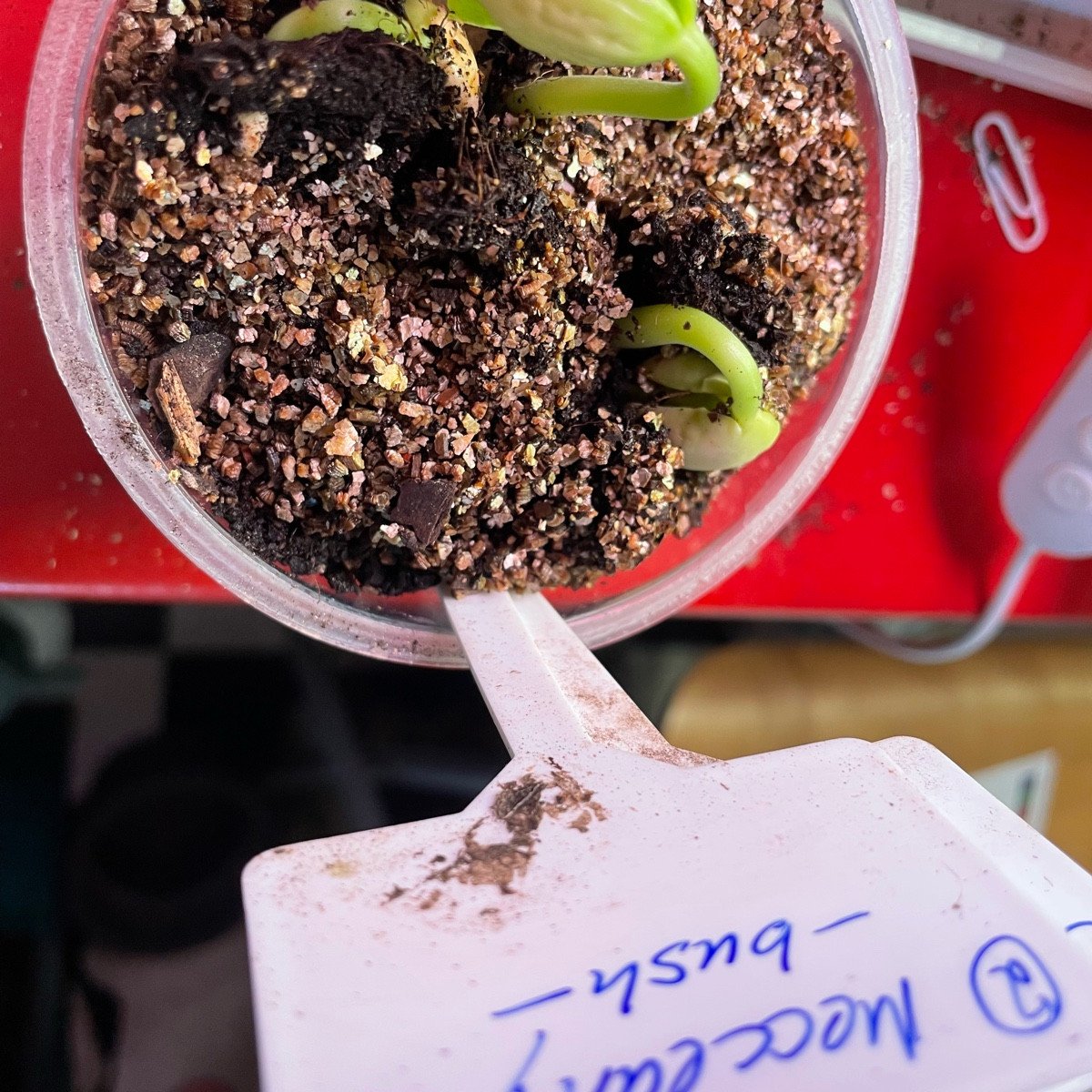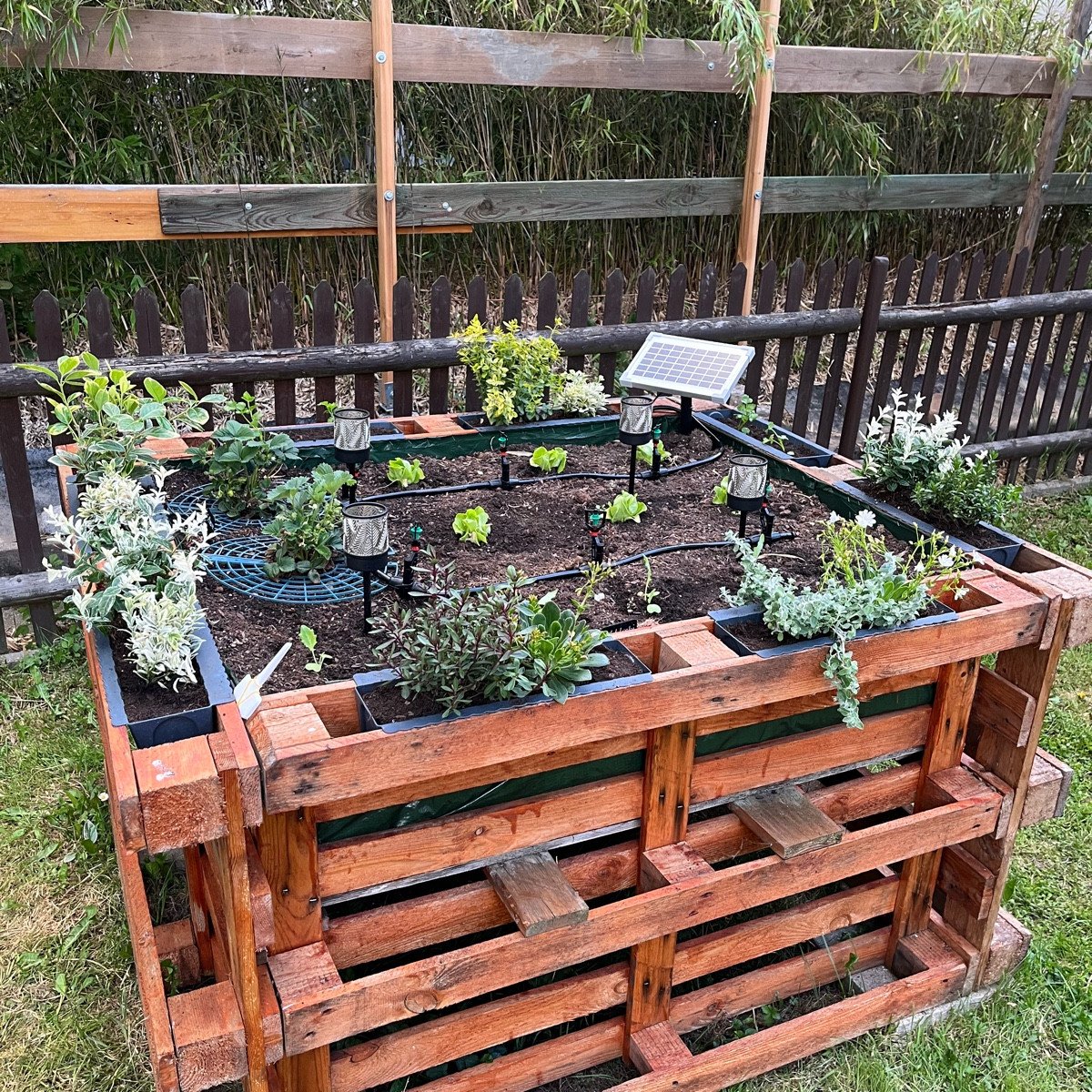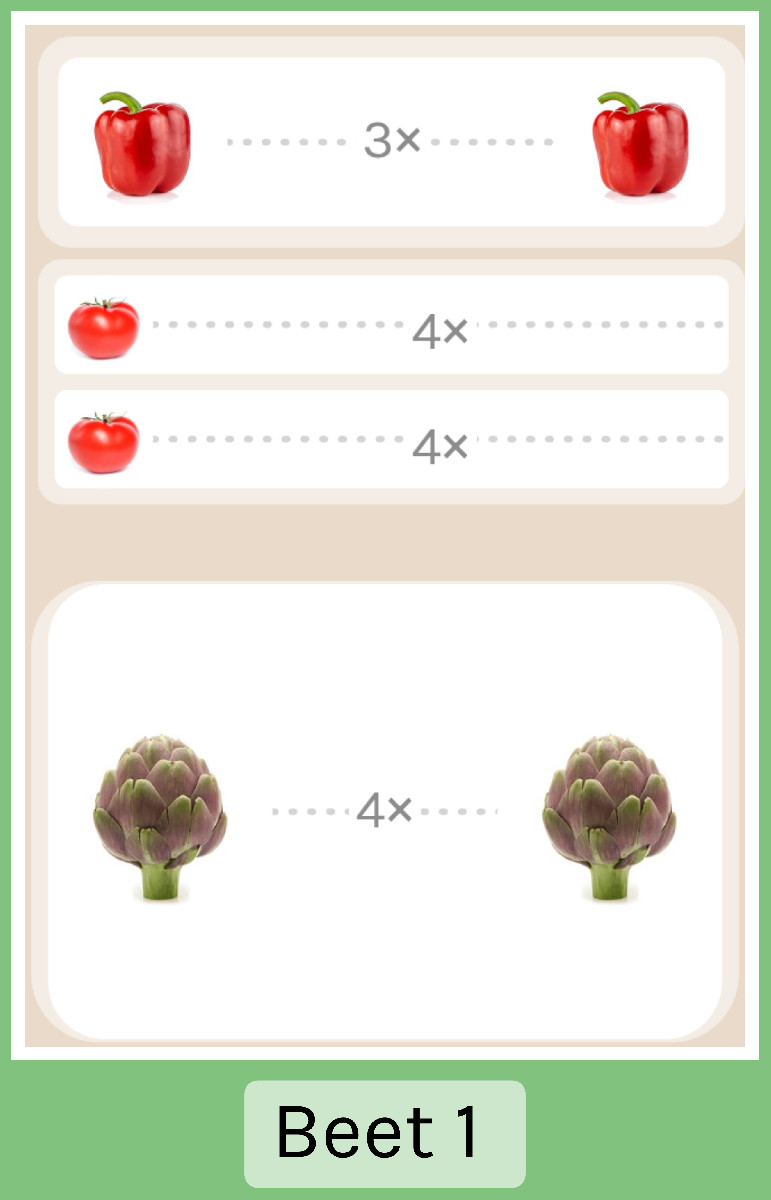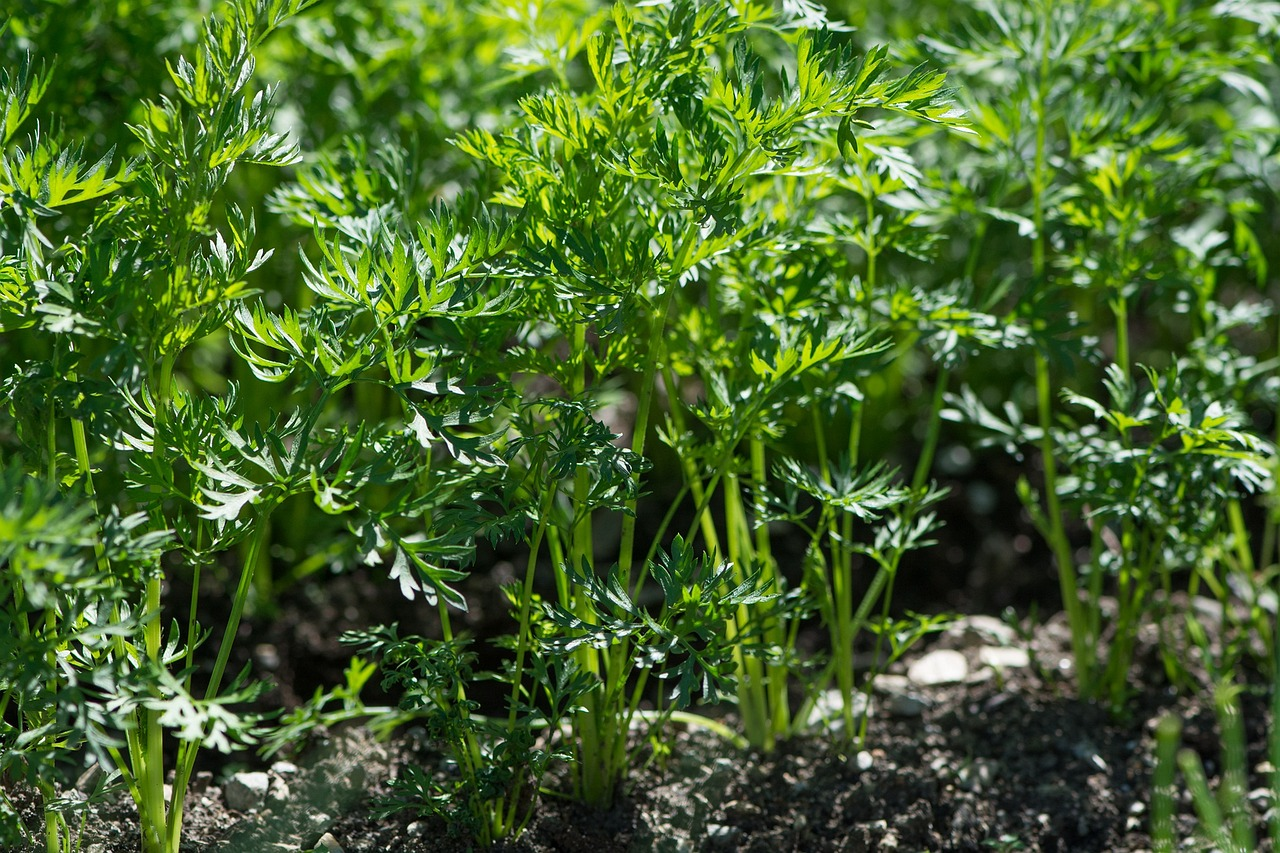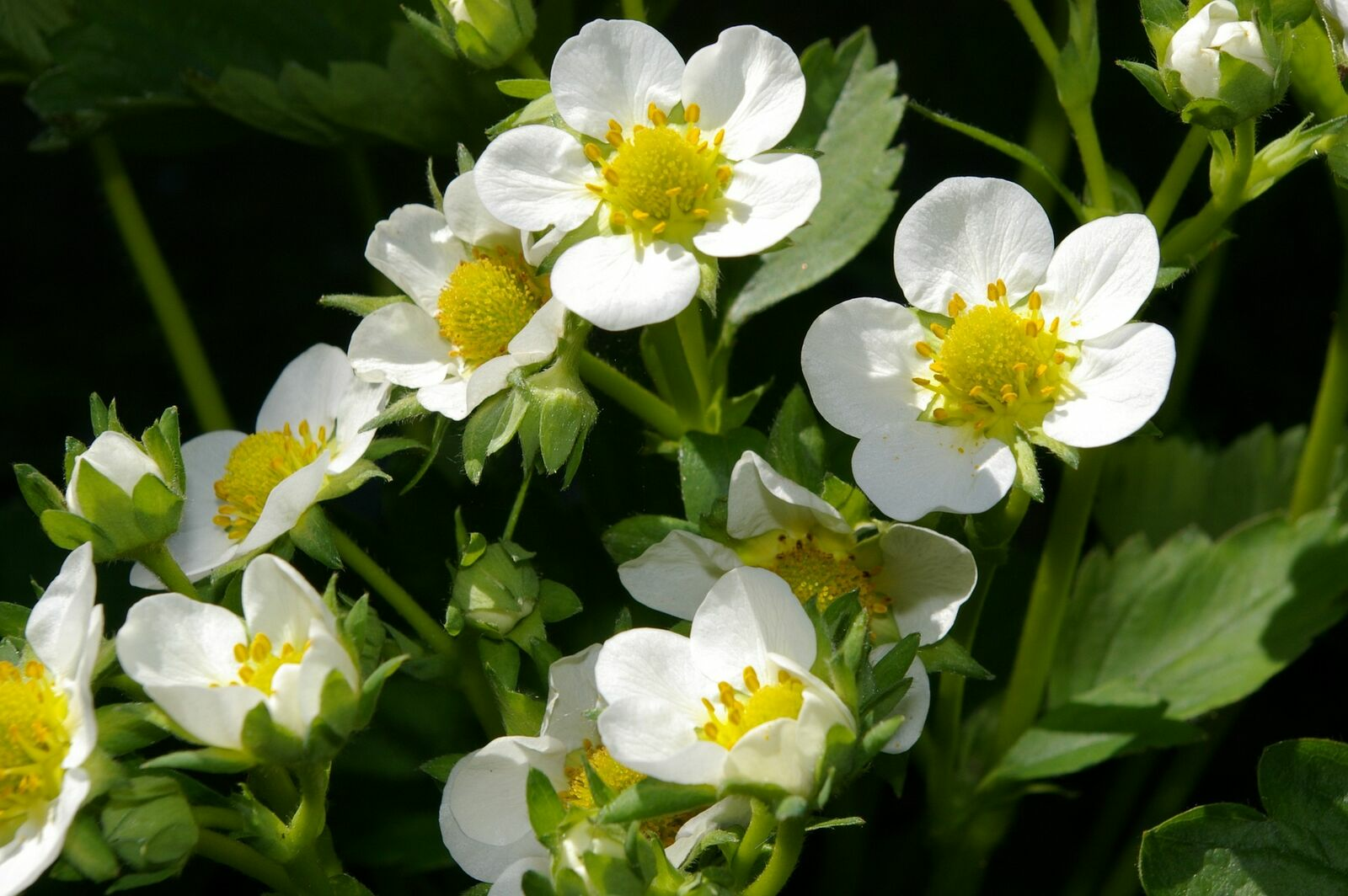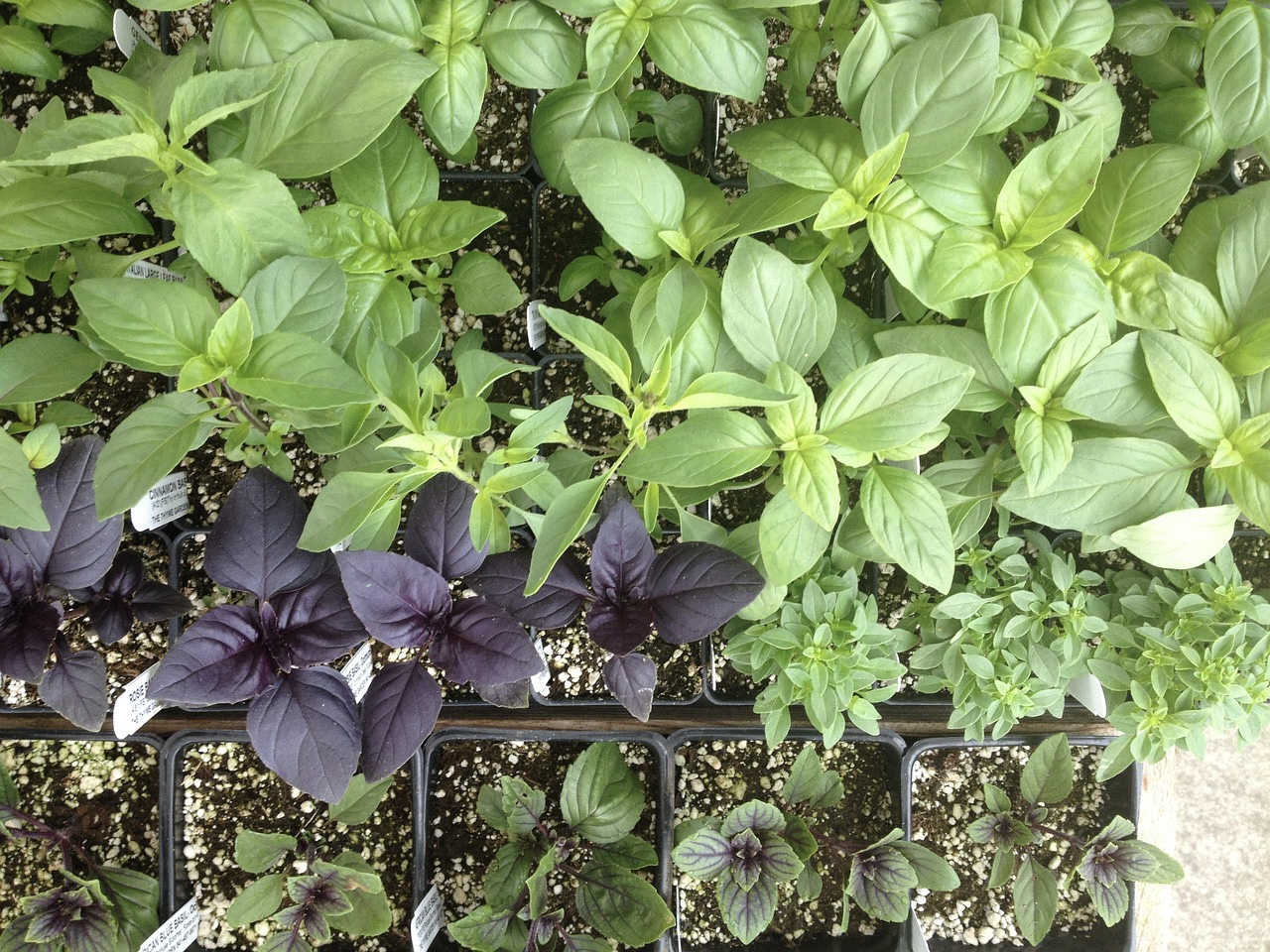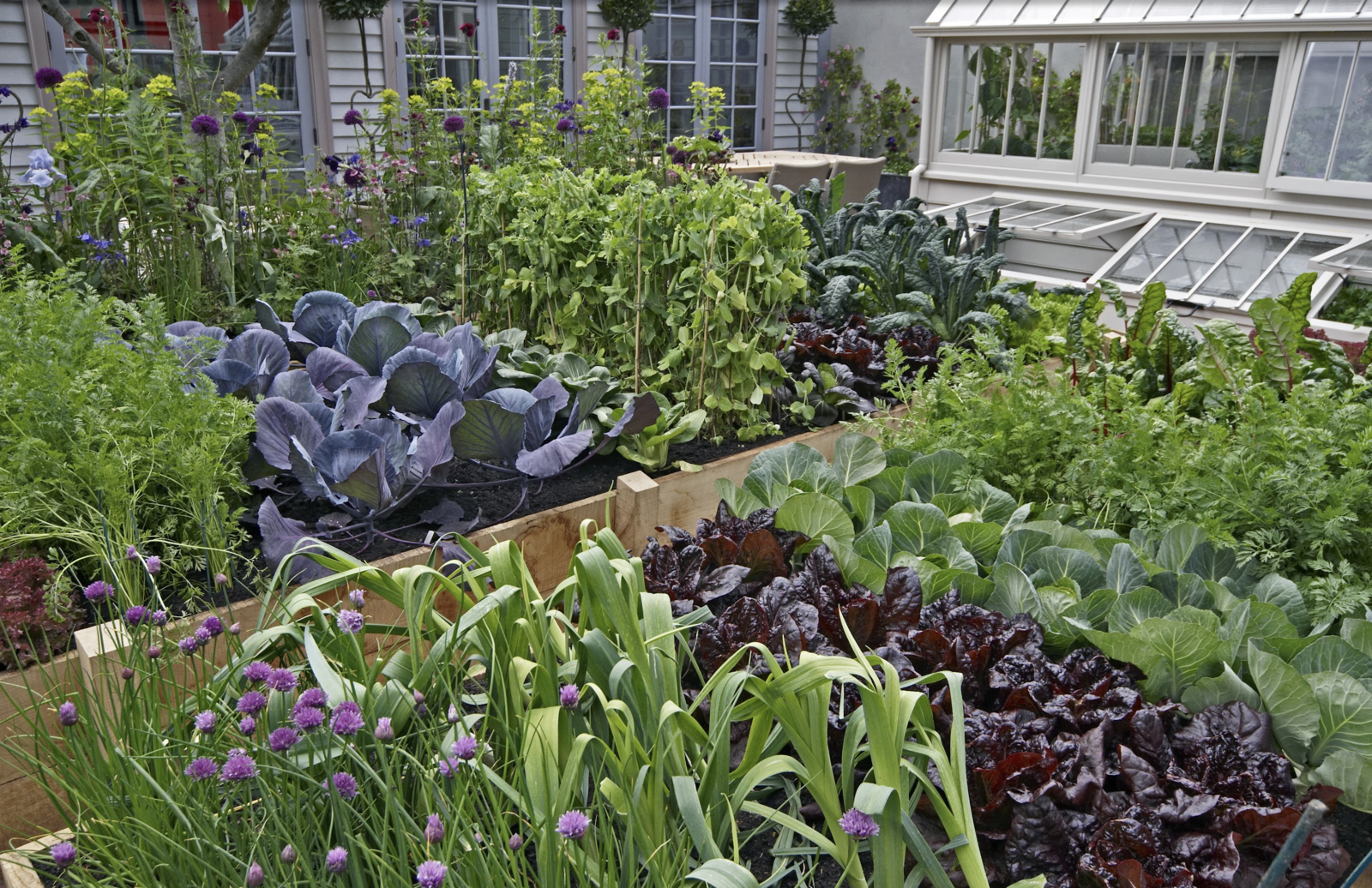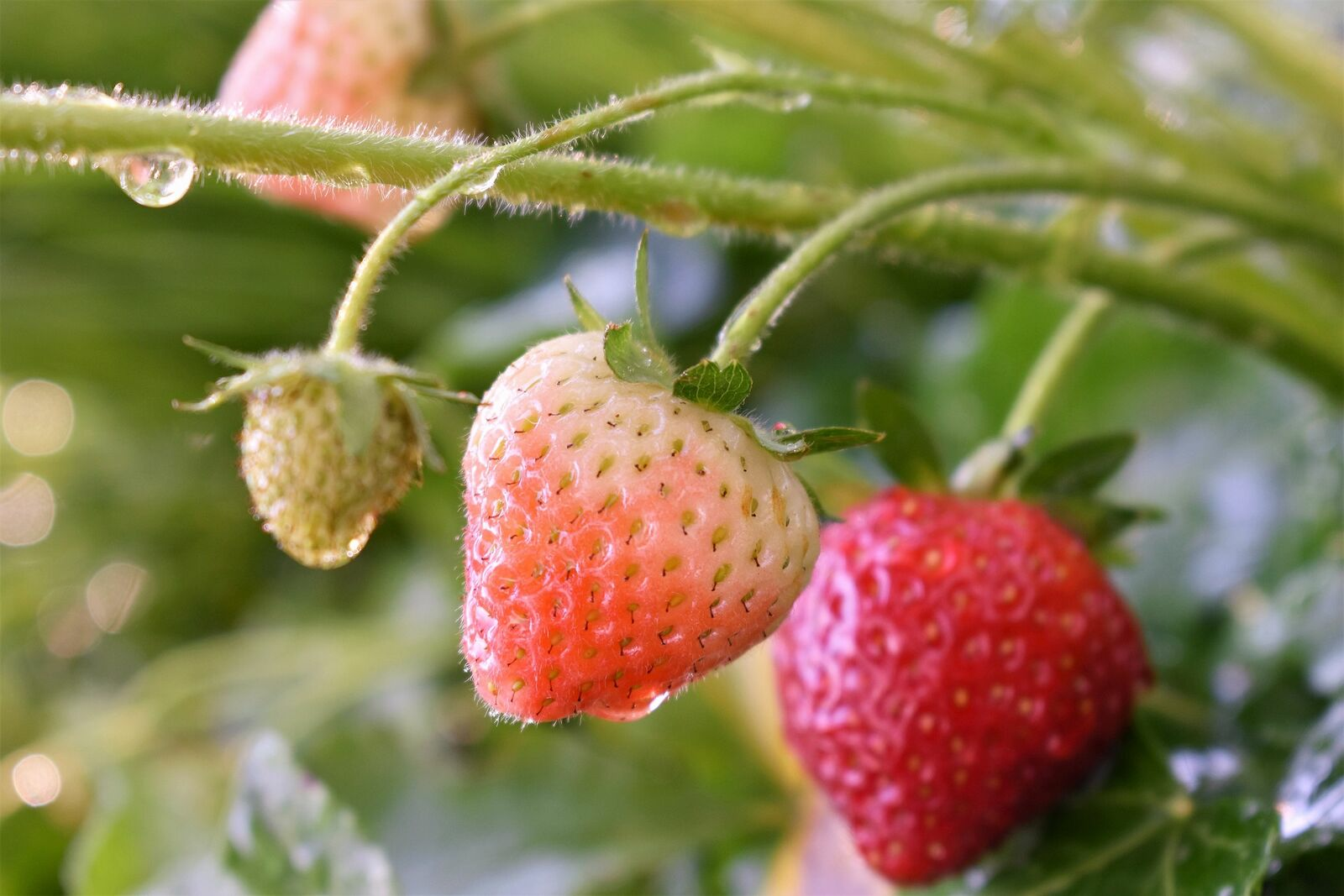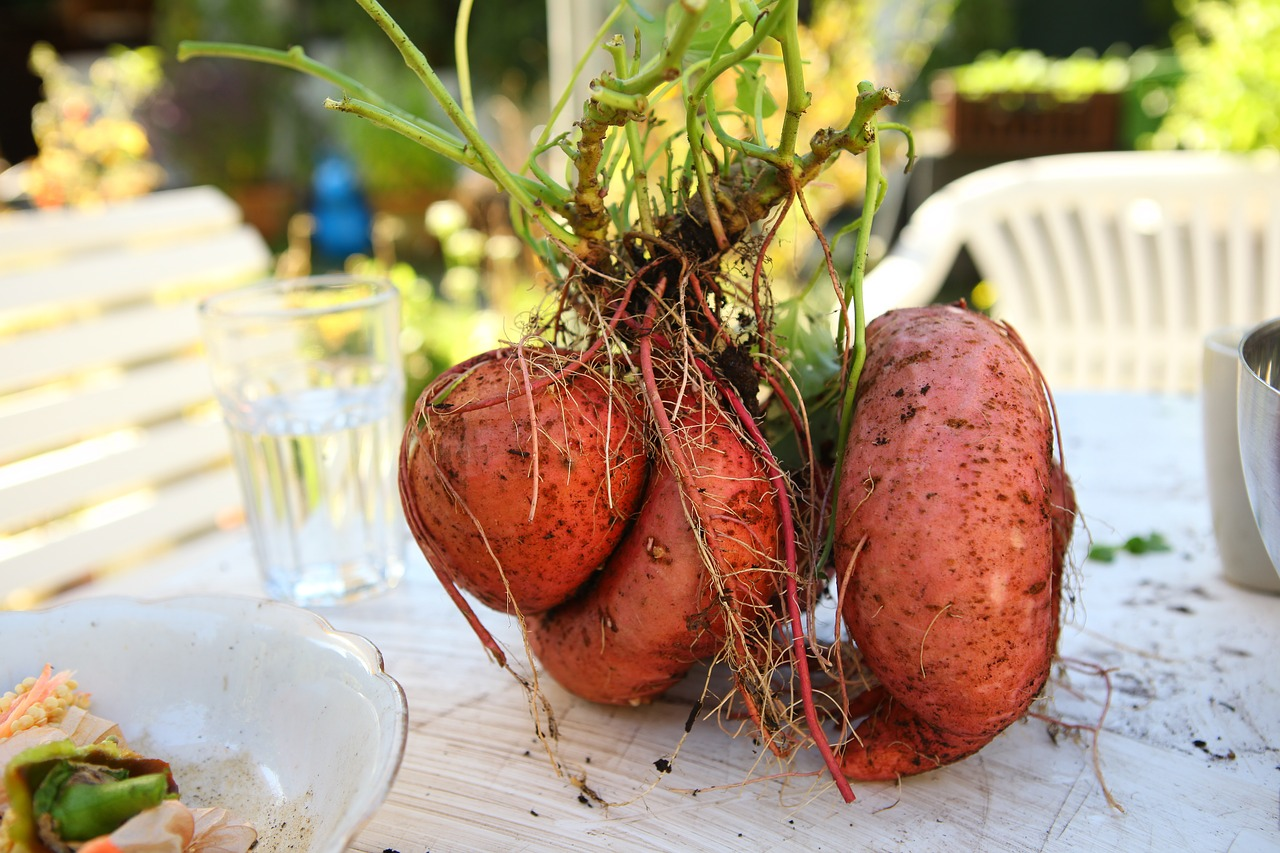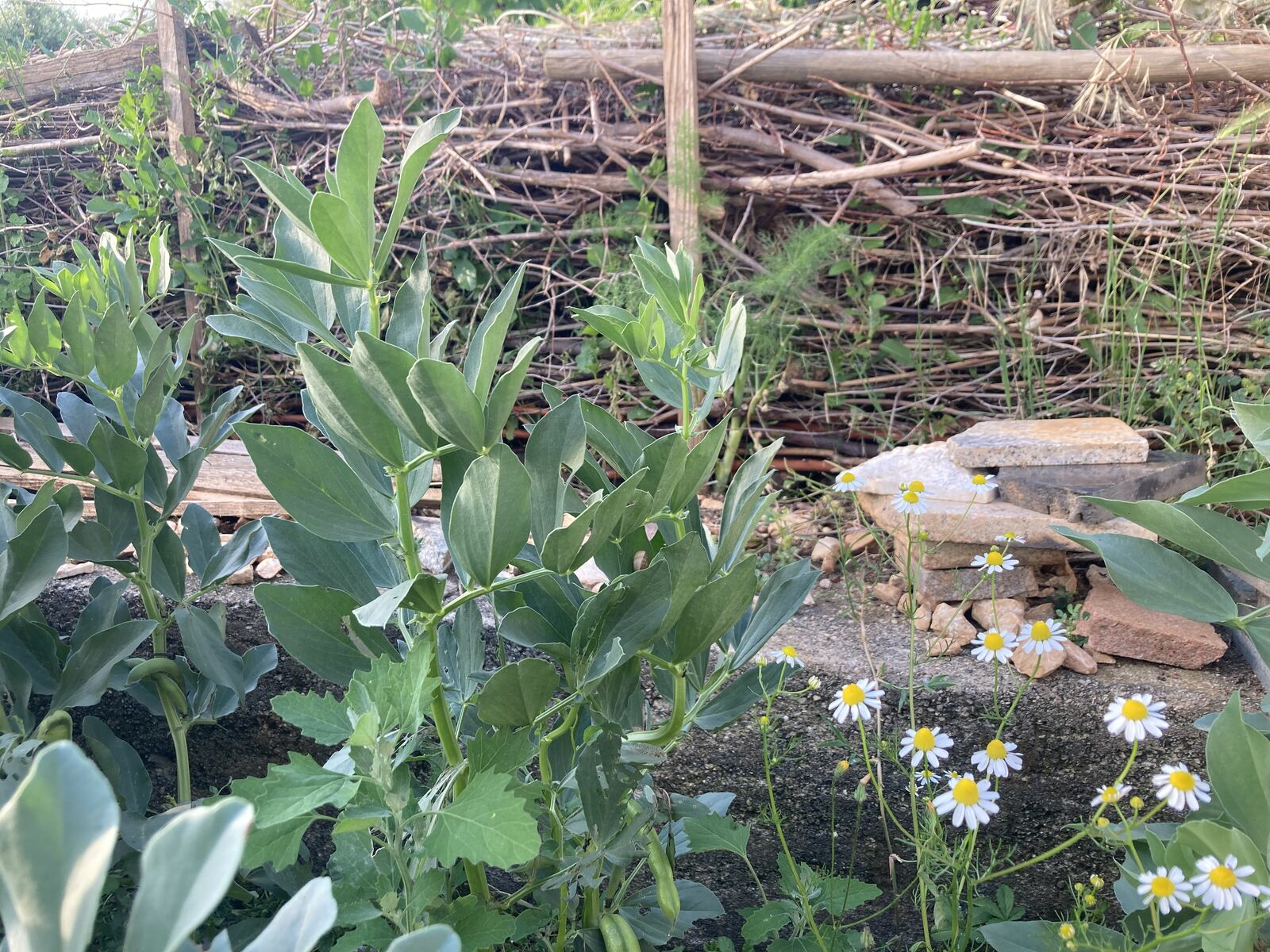
Create & Design a Permaculture Garden
What exactly is permaculture? This is exactly the question we want to answer in this article. Find out more about the principles of permaculture and what it means to garden with nature. There are also tips on creating a permaculture garden with deadwood hedges, a pond, herb snail and more.
This Article Contains:
- What Is Permaculture?
- The Permaculture Garden: Tips for Sustainable Gardening
- Permaculture for Beginners: Observe & Learn
- Starting a Permaculture Garden: How to Do It
- Create a Permaculture Bed: No Dig Beds
- Creating a Flower & Herb Bed: Herb Spiral
- Planting Fruit Trees & Shrubs: Tree Grates & Forest Gardens
- Deadwood Hedges
- Ponds and Other Water Reservoirs
- Frequently Asked Questions About the Permaculture Garden
Quick Overview
What Exactly Is Permaculture?
- Permaculture is a cultivation method in which stable, self-regulating ecosystems are created that can exist permanently. Here, humans only intervene in a guiding way with small measures.
- The principles of permaculture are
- Earthcare: Care for the earth
- Peoplecare: Care for the people
- Fairshare: Limit consumption and growth, share surpluses
- Permaculture therefore avoids environmentally harmful practices and gardens organically. Organic practices include organic fertilization, green manure, mulching, mixed crops, flowering strips and preventative plant protection with plant dips, for example.
Create & Design a Permaculture Garden: Ideas & Tips
- Observe your garden and determine the basic conditions (orientation, geographical conditions, water supply, soil type, site conditions) before you intervene.
- There are several different elements that you can integrate into your permaculture garden. Examples would be vegetable patches (no-dig beds), herb spirals, stone walls, deadwood hedges, tree underplanting or small water reservoirs. But there are many more permaculture methods to discover!
What Is Permaculture?
Permaculture is derived from the two English words "permanent agriculture". Translated, this means farming permanently and therefore sustainably. The Australian Bill Mollison and his student David Holmgren are regarded as the "fathers" of the principle. However, Masanobu Fukuoka also integrated permaculture principles into his "do-nothing farming" method.
Permaculture is primarily about producing food sustainably. This cultivation method is based on natural cycles in nature. The aim is to create stable ecosystems that regulate themselves and maintain themselves in the long term. Humans should intervene as little as possible and only steer the system in a certain direction. Natural ecosystems must therefore be observed closely in order to understand the existing system and to be able to plan changes.
Principles of Permaculture
On earth, all life is interconnected in complex cycles. We humans also have our place in this structure. The laws of life are not made by us humans, we can only live and work with these laws. The aim in the garden should therefore always be to work WITH nature, never against it. This is about treating our world and our fellow creatures with respect. Every living being fulfills its purpose in the big picture and ensures that our ecosystems function. That is why there are no pests or beneficial organisms in permaculture, but simply insects and animals that shape the microcosm and macrocosm of the ecosystem.
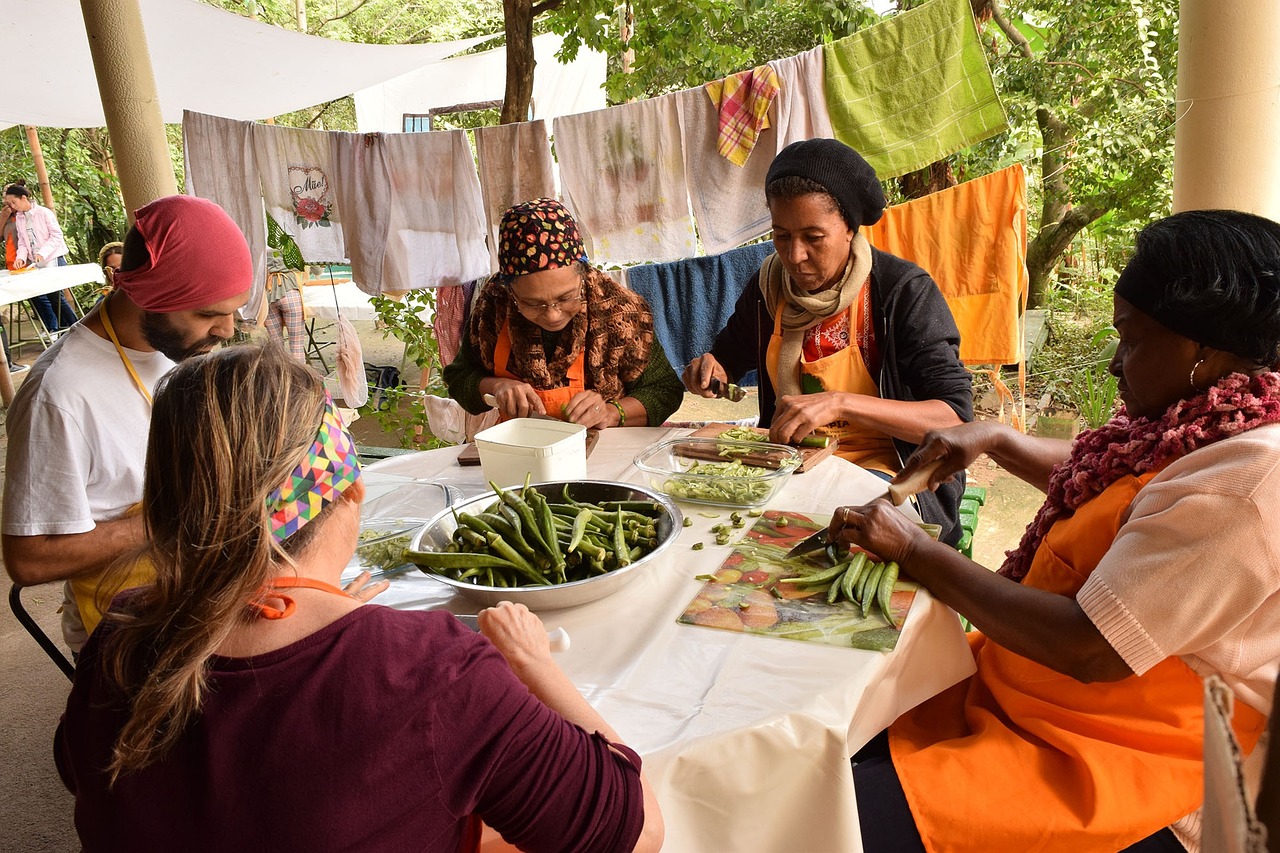
As permaculture is strongly intertwined with the concept of sustainability, the three pillars of sustainability can also be found in permacultural principles: Ecology, Social and Economy. Projects that are planned in the spirit of permaculture are based on three ethical principles: "Earthcare", "Peoplecare" and "Fairshare".
Earthcare: Caring for the Earth
"Earthcare" means caring for the well-being of the earth and living beings. This includes the responsible use of natural resources such as soil and water, but also not applying harmful pesticides or other poisons in your garden. Permaculture is oriented towards natural cycles and is based on healthy ecosystems that should regulate themselves as far as possible.
Peoplecare: Caring for People
"Peoplecare" covers the social aspect of permaculture, namely fair access to a basic supply of resources that are essential for survival. At the same time, it also covers the sustainable development of our land use, economy and society in order to secure the basis of life for future generations.
Fairshare: Limit Consumption and Growth, Share Surpluses
"Fairshare" refers to the fair distribution of resources and end products. High-consuming countries must reduce their consumption so that all people can have a livelihood. Everyone should only take as much as they actually need. This also includes sharing surplus food with others and wasting less food.
The Permaculture Garden: Tips for Sustainable Gardening
In a permaculture garden, gardening is natural and organic. Synthetic chemical pesticides and fertilizers are not used here, as the environmental damage is too great. Instead, sustainable methods are used. Below you will find a brief overview of organic practices. You can find More Tips on Organic and Sustainable Gardening in this article.
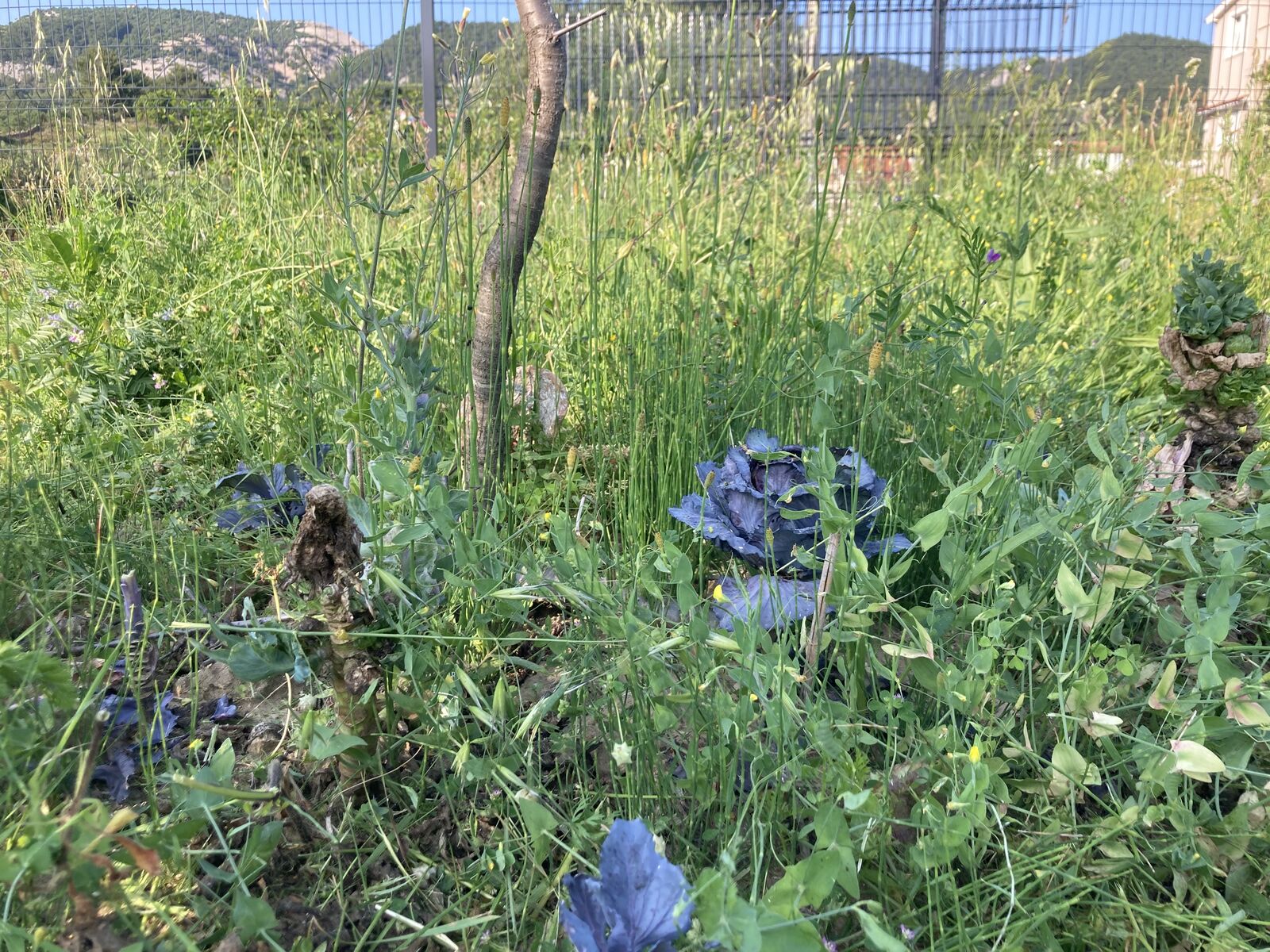
Organic Fertilization, Green Manure & Mulching
Fertilization is carried out with organic, slow-acting fertilizers or green manure plants, which also contribute to soil fertility. Organic fertilizers are less prone to leaching and also provide food for soil life. Another option is perennial plants, whose plant material can be cut and used as mulch for your vegetable beds. A frequently used plant from permaculture is comfrey, for example. This is often planted under fruit trees as ground cover and provides nutrient-rich mulch thanks to its lush greenery. Mulch not only serves as fertilizer, but also suppresses unwanted weeds that can compete with vegetable plants. Mulch therefore offers many benefits for crops: More available water and nutrients and less competition. It also means less work for gardeners when weeding. This facilitating principle is what makes permaculture so popular. It imitates natural systems, i.e. it works with the given conditions rather than against them. Not everything can grow everywhere, but you can change the natural environment in such a way that many things become possible.
Stable Ecosystems as Natural Plant Protection
In order to maintain plant health, permaculture relies on the greatest possible biological diversity. This means that many different creatures settle here and regulate each other. Of course, it still happens from time to time that plants are nibbled on. However, with a large variety of (wild) herbs and flowers, shrubs, trees and vegetable plants in the garden, there is no risk of major crop damage. A wide range of species and varieties should guarantee a stable supply, even in the event of disease or unfavorable weather conditions. Permaculture is therefore not about maximizing yields, but about optimization. The Cultivation of Crops in Mixed Cultures is therefore a permaculture practice that naturally strengthens plant health and ensures a wide variety of different plants. Many herbs and flowers have an additional strengthening effect and keep 'pests' out of the bed. If there is a problem with a particular organism or a disease, there are ecological, natural remedies such as plant dips to combat it.
Natural layered systems such as forests also serve as inspiration for permaculture gardens. Large trees shade smaller bushes, which in turn provide shade for creeping plants such as strawberries or lemon balm. In this way, new small ecosystems, also known as microclimate zones, are constantly being created. These habitats provide new niches for the special requirements of various plants and animals.

Permaculture for Beginners: Observe & Learn
To get to know your garden better, start by observing it. There are a few things you can determine without much prior knowledge:
- Orientation: how is my garden oriented (north, south,...)? Which areas are sunny, semi-shady or shady)?
- Geography: in which climate zone is my garden located? What is the terrain like (flat, steep,...)? Which ecosystems are adjacent to my garden?
- Water: are there places where water naturally collects? Where is the soil dry/wet?
To find out more about the conditions for plants in your location, you now need to go a little deeper. In order to choose suitable plants, you need to know the soil type. This will tell you a lot about water and nutrient availability and other soil properties. You can find out More About Your Garden Soil, Soil Life and Tips for Maintaining and Promoting Soil Fertility in this article. Indicator Plants are also a good indicator of site characteristics. You need to have a trained eye to be able to identify individual wild plants and grasses in the garden. Nettles and dandelions, for example, indicate nitrogen-rich soil. It is not for nothing that nettle manure is often used as a fertilizer in hobby gardens.
Starting a Permaculture Garden: How to Do It
There are many different elements that you can integrate into your permaculture garden. The possibilities are many and varied and cannot all be covered in this article. However, we will give you a few ideas as inspiration for your planning.
The materials used are important when creating a permaculture garden. Make sure to recycle materials and reintegrate them into cycles. Ideally, these materials should be from your plot of land. Of course, this is not always possible and you can also source materials externally. In this case, however, you should ensure short transportation routes and avoid buying exotic plants or tropical woods. Only integrate elements that could also occur naturally in this location.
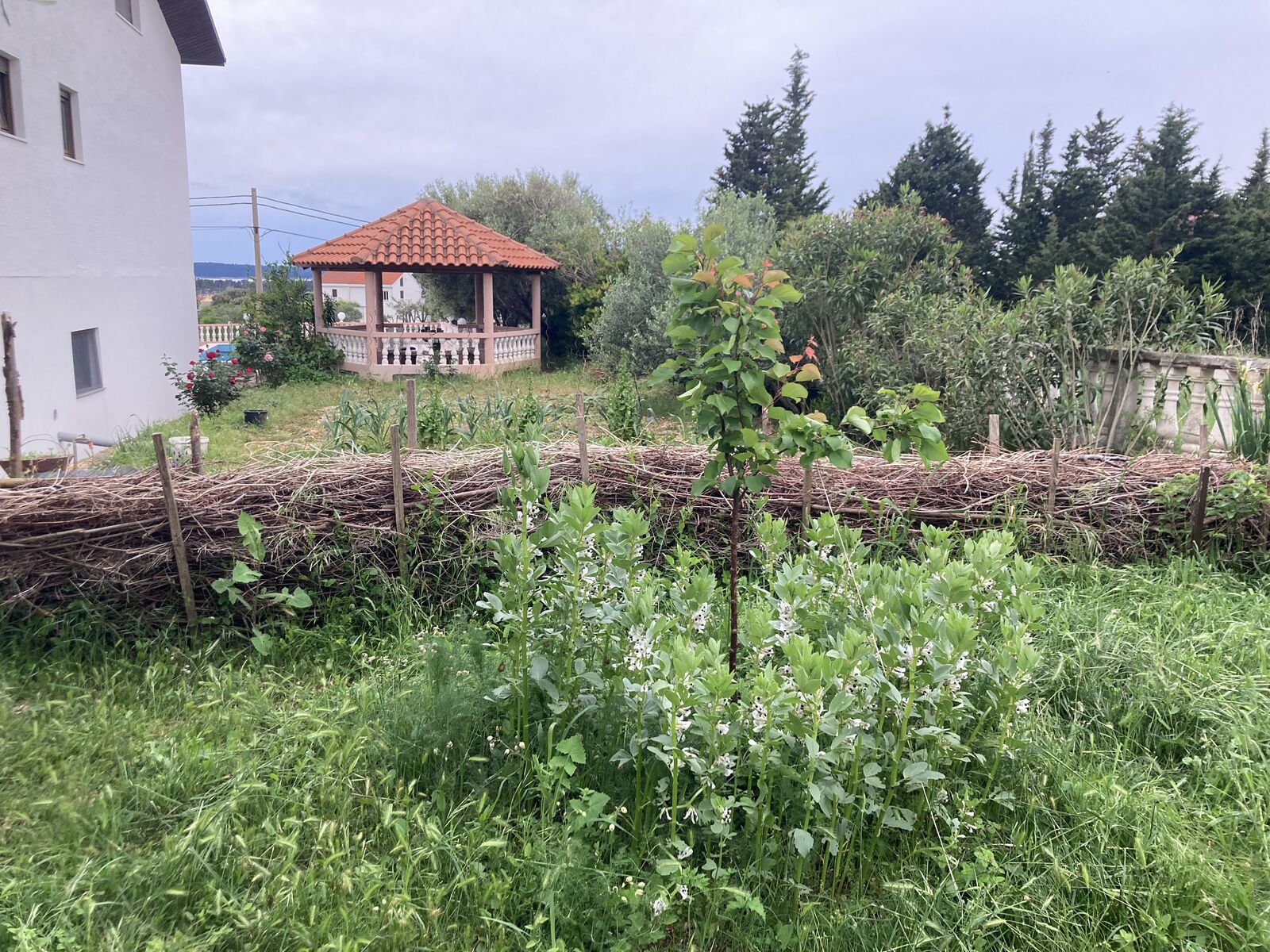
Create a Permaculture Bed: No Dig Beds
Due to its natural structure, the soil has various niches. These provide perfectly adapted habitats for the organisms that live in them, such as bacteria and fungi. Some like more light and oxygen, others prefer low-oxygen (anaerobic) conditions. To avoid disturbing these habitats too much, it is best to loosen the soil with a pitchfork. A shovel or spade would lead to a redistribution of the soil layers. As a result, the microclimate zones and habitats of the organisms would be destroyed. The organisms would die off, which would impair the soil's ability to decompose and decompose and thus soil fertility. You can read more about the No Dig Method and Gardening Without Digging here.
Pitchfork Instead of Shovel: Lasagne & Raised Beds
In the best case scenario, the soil is hardly dug up or disturbed at all. To create new beds for your permaculture garden, you can either create lasagne beds or raised beds. Both methods work without digging and can create a fertile soil even on soils with low fertility. In both cases, organic plant material is piled up and left to rot in place. The difference is that a drainage layer of dead wood is integrated into a raised bed. This is particularly beneficial on heavy soils to prevent waterlogging and improve the soil structure in the long term. If you are still a complete beginner, you can find detailed Step-By-Step Instructions for Creating New Vegetable Beds here.
Creating a Flower & Herb Bed: Herb Spiral
In addition to vegetable plants, you can also plant herbs in your mixed crops. Some herbs also thrive wild in the garden among other wild flowers and herbs without much care. However, there are some herbs that you can't plant in clay soil next to heavy-eating cabbage plants in mid-latitudes without problems. Rosemary and thyme are such candidates and are often planted in a separate herb bed. Herb spirals are a space-saving option for many different herbs. In a herb spiral, you can create different microclimate zones in which a wide variety of herbs feel at home and even Mediterranean herbs thrive. You can find out How to Create an Herb Spiral and Which Herbs Go Well Together in this article. Flowers and herbs have an important function in your garden. The more, the better! But remember to plant ecologically valuable flowers and herbs. Flowers with double blossoms, for example, are not very useful as they do not provide food for insects. So find out in advance which plants make sense in your garden and in your ecosystem.
Planting Fruit Trees & Shrubs: Tree Grates & Forest Gardens
You can plant hedges or fruit trees as larger structural elements. On the one hand, you can create new microclimate zones below the fruit trees. In permaculture, the so-called tree discs of the trees are planted, i.e. the area under the crown. Depending on the location under the tree, different plants find space here, from sun-worshippers to shade-loving plants. These plants cover the soil, thus maintaining soil fertility and keeping water in the soil at the same time. Over time, you can create a forest garden from such tree grates. You can find out more about Planting Fruit Trees and Creating a Woodland Garden in this article. On the other hand, you can also plant hedges as a windbreak or to keep the heat in a certain area.
Deadwood Hedges

Deadwood hedges or Benjes hedges are a popular element in permaculture. Old, cut wood is simply stacked to form a hedge. Numerous small animals and birds find shelter here. At the same time, the wood rots very slowly over time, releasing nutrients. Climbing plants can grow along the Benjes hedge to stabilize it and make it denser. You can find out How to Create and Plant a Benjes Hedge in this article. We give you helpful tips and information.
Ponds and Other Water Reservoirs
Ponds and other water reservoirs are important for keeping as much water as possible on the site. In addition to storing water, ponds also serve as a habitat for numerous water-loving plants and animals. This significantly increases the biodiversity in your garden. Water also stores heat and can therefore help to keep the microclimate in the area more stable and regulate temperatures.
We hope we were able to get you interested in the topic of permaculture. If you have any questions or comments, please write to us at [email protected].
Want to get helpful gardening tips all year round and plan your own beds in the best possible way? Then register here or download the Fryd app for Android or iOS.
Fryd - Your digital bed planner

Marie
Marie is an agronomist. She is particularly interested in the sustainable and organic cultivation of vegetables and other plants. In her own garden, she gained experience and likes to try things out to learn from nature. She is particularly interested in the values and principles of permaculture, in order to contribute not only to the well-being of nature, but also to the well-being of people and future generations.
Learn MoreFAQ
What is the best way to start planning my permaculture garden?
First you need to get to know and observe your garden. Determine the orientation of your plot, shady and sunny locations, geographical conditions, soil type and other site characteristics. Then you can best choose which plants feel at home where.
Which plants to choose for a permaculture garden?
You can choose suitable plants depending on the location. In a permaculture garden, however, the variety is quite large and, in addition to vegetable plants, you can also find herbs, flowers, shrubs, trees and native wild plants.
How do I create a permaculture bed?
In permaculture, digging is usually avoided as it disturbs soil life. To create no-dig beds, you can plan either lasagne or raised beds. Here you pile up new organic material instead of digging.
What else can I integrate into my permaculture garden?
In addition to vegetable beds, you can also integrate herb beds, e.g. herb spirals, in which Mediterranean herbs also feel at home. Other permaculture elements include dry stone walls, deadwood hedges, ponds, swales, tree plantings and forest gardens.


